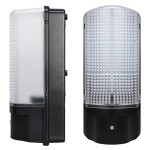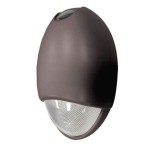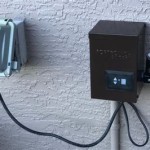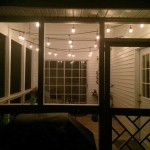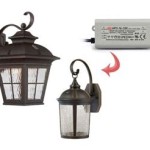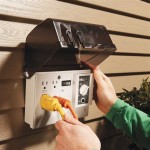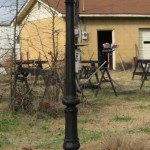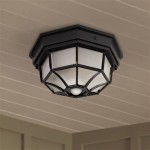Essential Aspects of Low Voltage LED Outdoor Soffit Lighting
Low voltage LED outdoor soffit lighting is a crucial element in enhancing the curb appeal and functionality of your outdoor space. By addressing the essential aspects of these lighting systems, you can maximize their effectiveness and create an inviting and well-lit environment. This article delves into the key considerations when selecting and installing low voltage LED outdoor soffit lighting, providing a comprehensive guide to help you achieve optimal results.
Color Temperature
Color temperature refers to the warmth or coolness of the light emitted by the LEDs. Warm white (2700K-3000K) creates a cozy and inviting atmosphere, while cool white (4000K-5000K) provides a brighter and more invigorating ambiance. Choose the color temperature that best suits the desired mood and ambiance of your outdoor space.
Brightness
Brightness, measured in lumens, determines how much light is emitted by the LEDs. Consider the size and brightness of the area you want to illuminate. Brighter lights are suitable for larger areas and higher ceilings, while lower brightness levels are ideal for accent lighting or creating a more subtle ambiance.
Beam Angle
The beam angle refers to the width of the light distribution emitted by the LEDs. Narrower beam angles (spotlights) create focused illumination, while wider beam angles (floodlights) provide a more diffused and ambient lighting effect. Select the appropriate beam angle based on the desired effect and the size of the area to be lit.
IP Rating
The IP (Ingress Protection) rating indicates the level of protection against water and dust ingress. For outdoor soffit lighting, a higher IP rating (e.g., IP65 or IP67) is recommended to ensure durability and withstand harsh weather conditions. This rating ensures that the lighting system is resistant to moisture, dust, and other environmental factors.
Power Supply
Low voltage LED outdoor soffit lighting requires a transformer to convert the standard 120V AC power to a lower voltage (typically 12V or 24V). Choose a transformer with sufficient wattage to power all the LEDs in the system and provide adequate voltage stability. Proper power supply ensures optimal performance and longevity of the lighting system.
Installation
Proper installation is crucial for the safety and effectiveness of the lighting system. Follow the manufacturer's instructions carefully and ensure that the electrical connections are secure and protected from moisture. Consider using a licensed electrician if you are not comfortable with electrical work or if your installation requires significant wiring or modifications.
Conclusion
By considering these essential aspects of low voltage LED outdoor soffit lighting, you can create a well-lit and visually appealing outdoor space that enhances both functionality and ambiance. Whether you are illuminating a patio, porch, or walkway, the right lighting choices can transform your outdoor environment into a welcoming and inviting extension of your home.

Outdoor Led Soffit Lighting Astoria Co

Exterior Recessed Soffit Lighting Aspectled

8 Soffit Lighting Ideas For Exterior Perfection Dekor

Recessed Soffit Lights Why Up Lighting Is The Better Alternative Landscape Pro

Soffit Lighting Jellyfish

Led Soffit Lights Outdoor Recessed Lighting Exterior Modern

Outdoor Soffit Lighting Kit Led Recessed Downlights Dekor

Outdoor Soffit Led Low Voltage Dc Programmable Dimmable Smart Home Light Lighting Exterior Classic House

8 Soffit Lighting Ideas For Exterior Perfection Dekor

Recessed Soffit Lights Why Up Lighting Is The Better Alternative Landscape Pro
Related Posts
